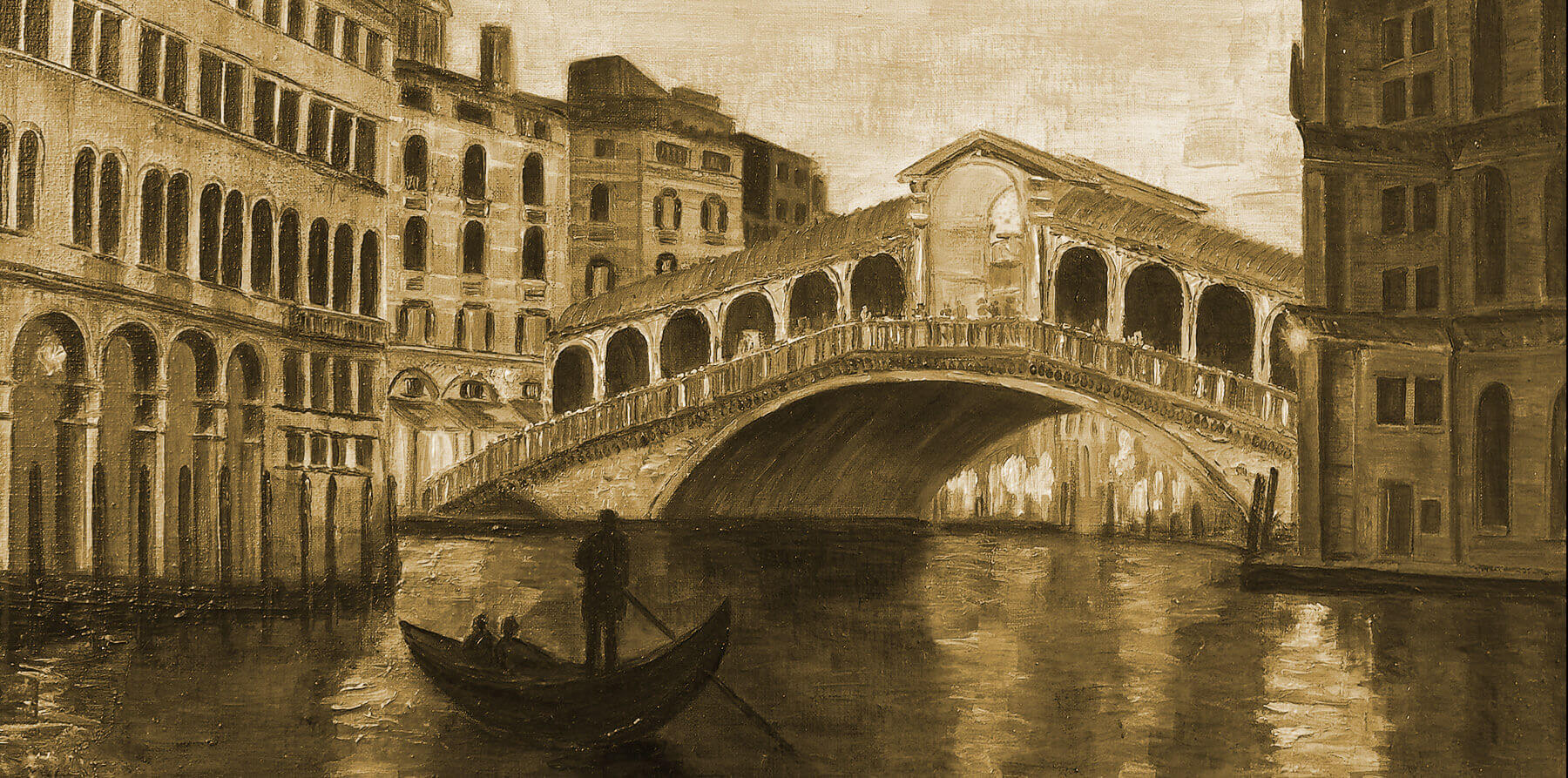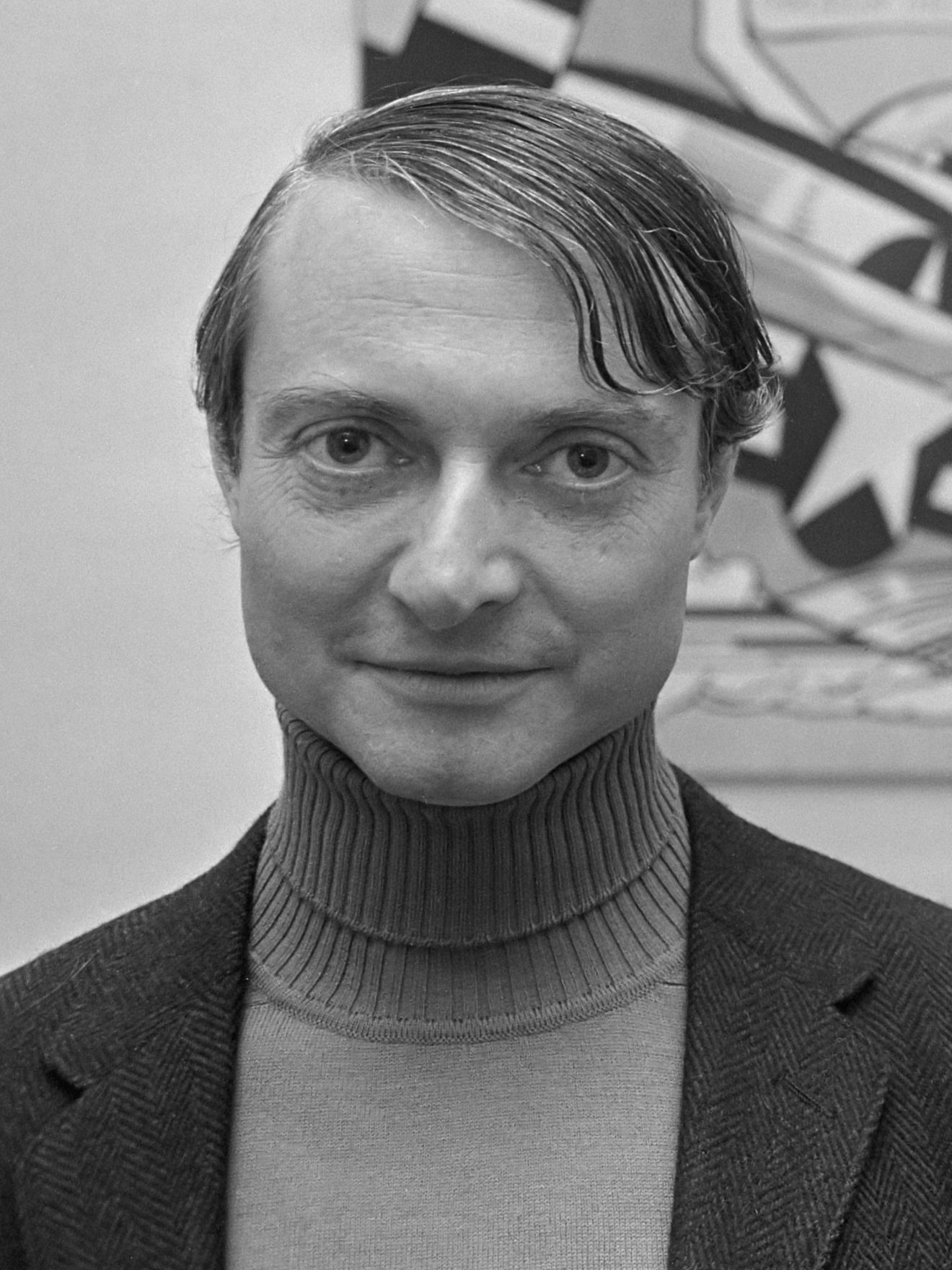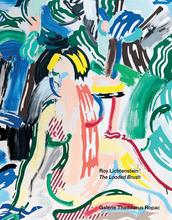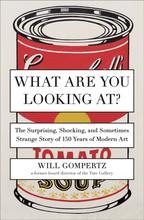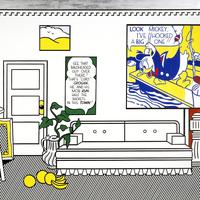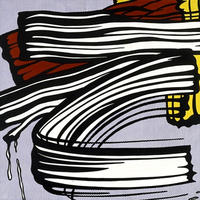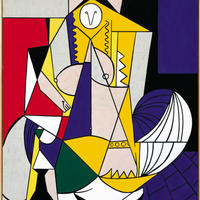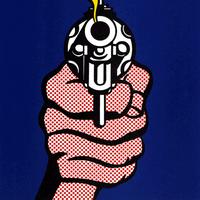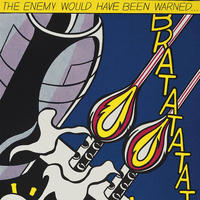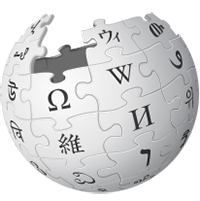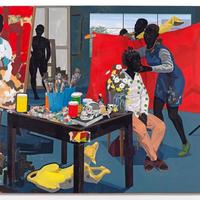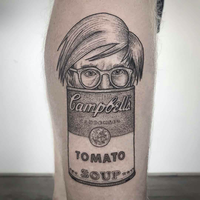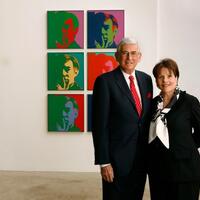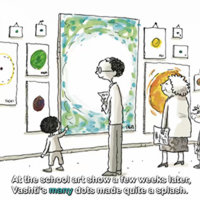More about Roy Lichtenstein
- All
- Info
- Shop
Works by Roy Lichtenstein

Sr. Editor
Roy Lichtenstein is an artist for the true culture vulture, one who feels equally at home in the dusty comic book store as they do the Met.
Lichtenstein was a staple of the American Pop Art movement, which describes a really hip time in the ‘60s when Roy and people like Andy Warhol made art fun again. While Warhol was silkscreening bodacious blondes and a Campbell’s stockpile, Lichtenstein was developing a style all his own. His paintings look like blown up comic book graphics, with pixelated black dots, speech bubbles and all. The men and women they feature are drama kings and queens, either crying stoically as a perfectly shaped tear rolls down their cheek, or professing passionate love to hot anonymous strangers. They’re over-the-top scenes in bright, primary colors on enormous canvases and we eat them up like candy.
Later in life he started “Lichtenstein-ing” (yes, that’s a verb now) other famous works of art, using his signature style to make masterpieces by Paul Cézanne and Vincent van Gogh look like comics. At this point in time his fame also sent tons of commissions zooming his way. From fancy hotels, a mural in Times Square, the DreamWorks Records Logo and a BMW Group 5 racing car…no job was too large for our Pop art superhero.
Whether it’s nostalgia for the “Whaam! Pow! Zap!” of afternoons spent with noses in escapist reads from childhood or a penchant for a prettily penned damsel in distress, you’d be hard pressed to find a Lichtenstein hater. Though one of his paintings was lost in the attack on the World Trade Center on 9/11, luckily we can still see plenty of fun, funny work by the prolific artist in museums around the world.
Featured Content
Here is what Wikipedia says about Roy Lichtenstein
Roy Fox Lichtenstein (/ˈlɪktənˌstaɪn/ LIK-tən-STYN; October 27, 1923 – September 29, 1997) was an American pop artist. He rose to prominence in the 1960s through pieces which were inspired by popular advertising and the comic book style. Much of his work explores the relationship between fine art, advertising, and consumerism.
Whaam!, Drowning Girl, and Look Mickey proved to be Lichtenstein's most influential works. His most expensive piece is Masterpiece, which was sold for $165 million in 2017.
Lichtenstein's paintings were exhibited at the Leo Castelli Gallery in New York City, which represented him from 1961 onwards. His artwork was considered to be "disruptive". Lichtenstein described pop art as "not 'American' painting but actually industrial painting".
Check out the full Wikipedia article about Roy Lichtenstein
